
Joseph Ducreux, self-portrait entitled “The Surprise in Terror,” c. 1790s (Photo: Wikimedia Commons, Public domain)
Self-portraiture has been a method for artists to practice their skills for hundreds of years. And while many famous self-portraits feature a stoic, closed-mouth portrayal of the sitter, some painters preferred to be remembered in less-than-traditional depictions. One such artist was Joseph Ducreux, a French portraitist who captured his likeness in a range of playful and relatable poses.
Born in 1735, Ducreux was a prominent court painter during the reign of King Louis XVI and Marie Antoinette, creating numerous portraits of royalty in the customary formal style. Painting himself was a way for the artist to experiment outside of the strict traditions of the time. In particular, Ducreux used his image to study dramatic facial expressions and physiognomy—which was a popular belief that a person’s appearance is related to their personality.
Today, these self-portraits are displayed in museums like the Getty Center and the Louvre, where they stand out amongst other 18th-century portraits for their relaxed and more human approach. For example, Self-Portrait, Yawning depicts Ducreux in the middle of a large yawn with his mouth wide open, one arm stretched over his head, and his back slightly bent. Similarly, Self-Portrait of the Artist in the Guise of a Mocker, shows the painter grinning and pointing at the viewer with a comical gaze. Other self-portraits portray the artist caught in wide-eyed surprise and trying to be silent.
18th-century French artist Joseph Ducreux created playful self-portraits of himself in different poses and expressions.
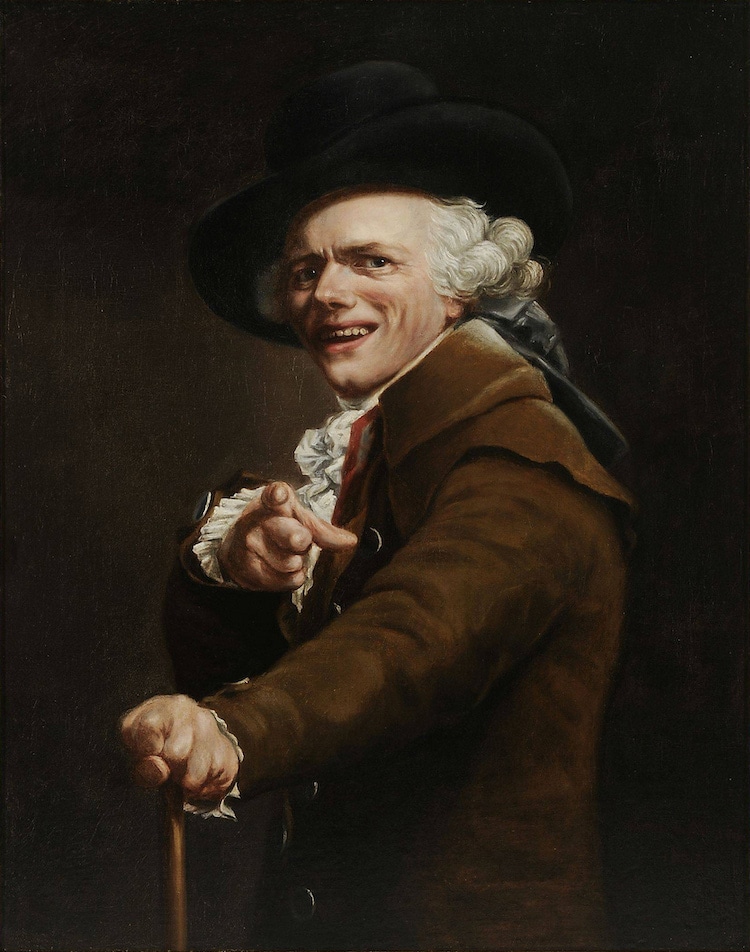
Joseph Ducreux, “Self-Portrait of the Artist in the Guise of a Mocker,” c. 1790s (Photo: Wikimedia Commons, Public domain)
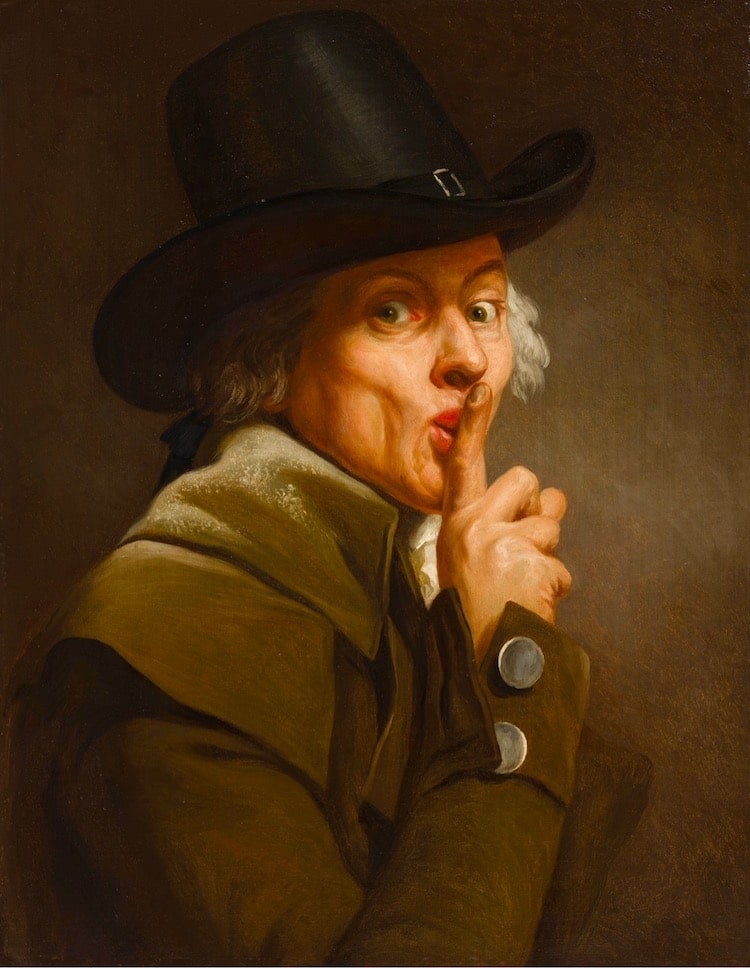
Joseph Ducreux, Self-Portrait entitled “The Silence,” c. 1790s (Photo: Wikimedia Commons, Public domain)
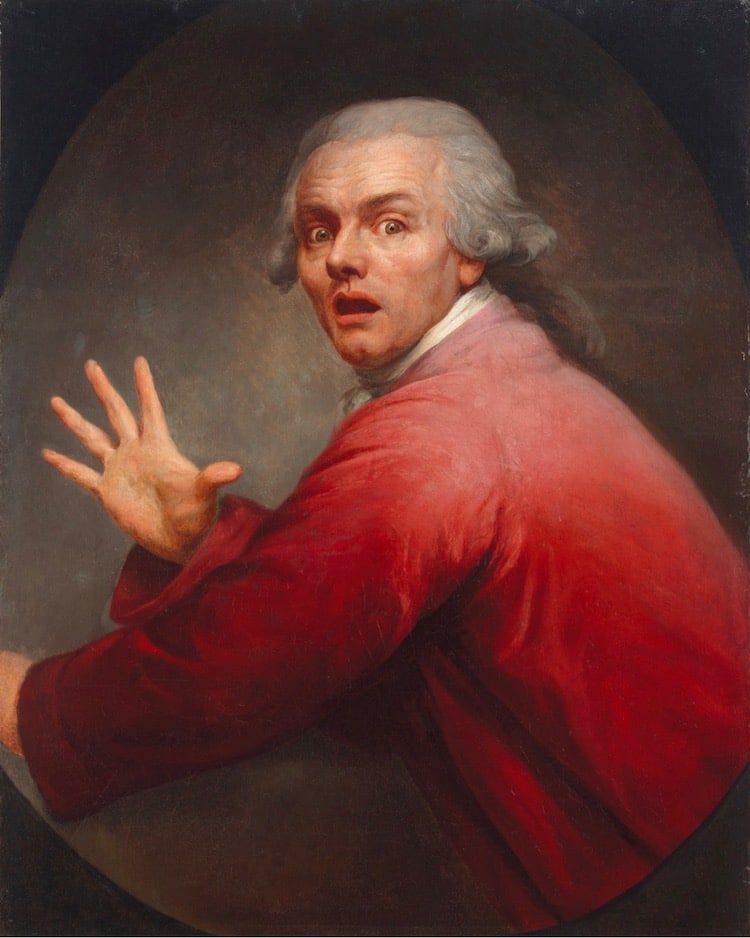
Joseph Ducreux, self-portrait entitled “The Surprise in Terror,” c. 1790s (Photo: Wikimedia Commons, Public domain)
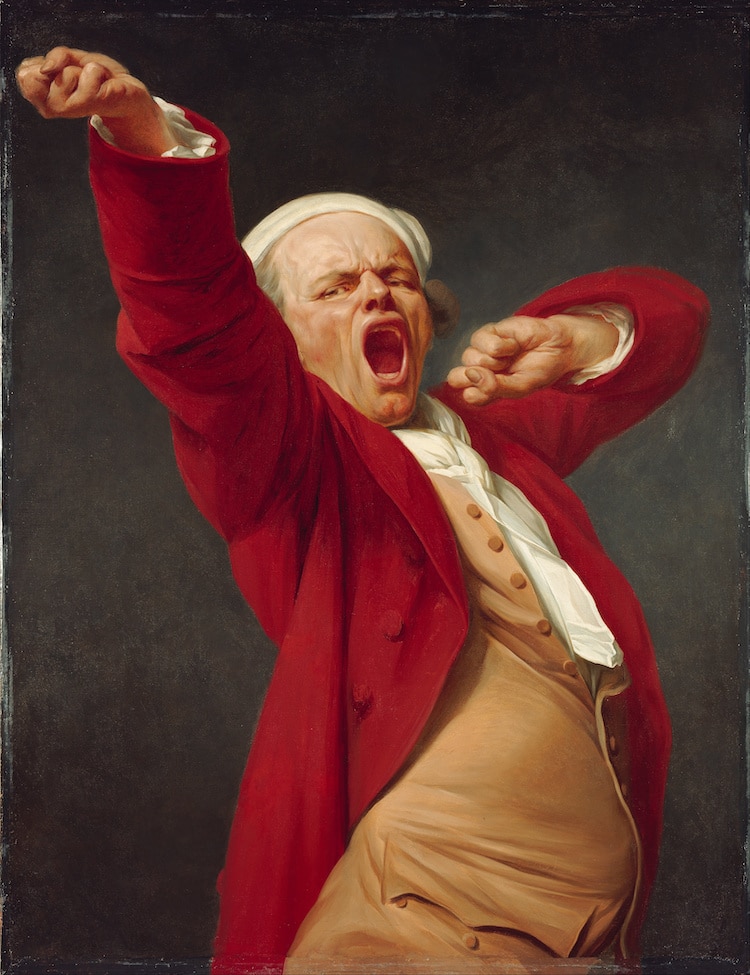
Joseph Ducreux, “Self-Portrait, Yawning,” c. 1783 (Photo: Wikimedia Commons, Public domain)
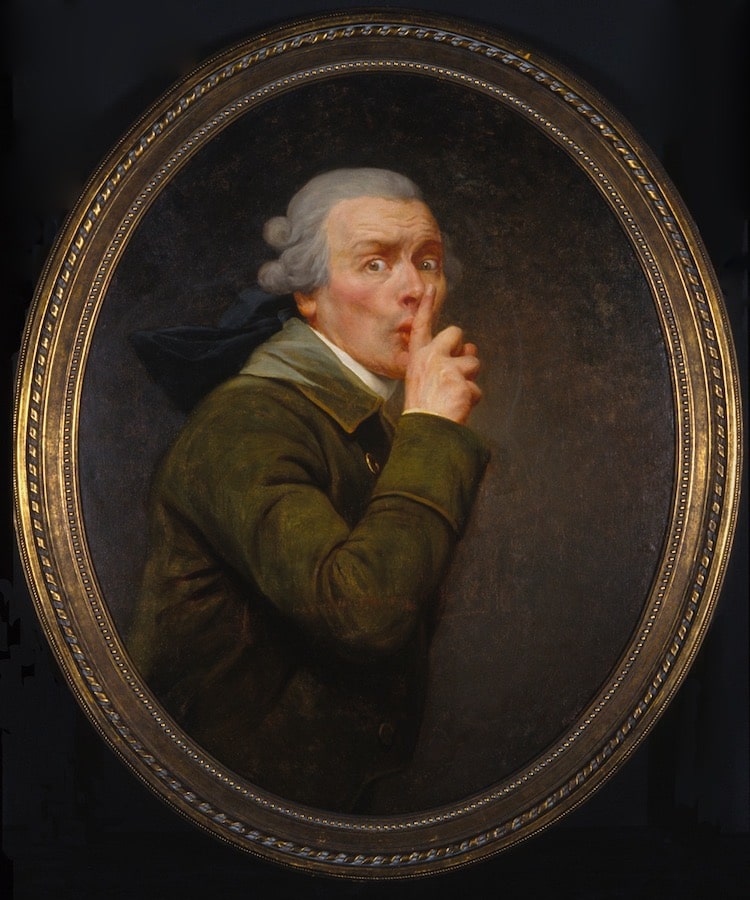
Joseph Ducreux, Self-Portrait entitled “The Discreet,” c. 1790s (Photo: Wikimedia Commons, Public domain)
Louvre: Website | Facebook | Instagram
h/t: [Reddit]
Related Articles:
Learn About Diego Velázquez: The Portrait Painter of Royalty
Picasso and ‘Guernica’: Exploring the Anti-War Symbolism of This Famous Painting
How Rembrandt Expressed Himself Through His 80 Self-Portraits Created Throughout His Life
